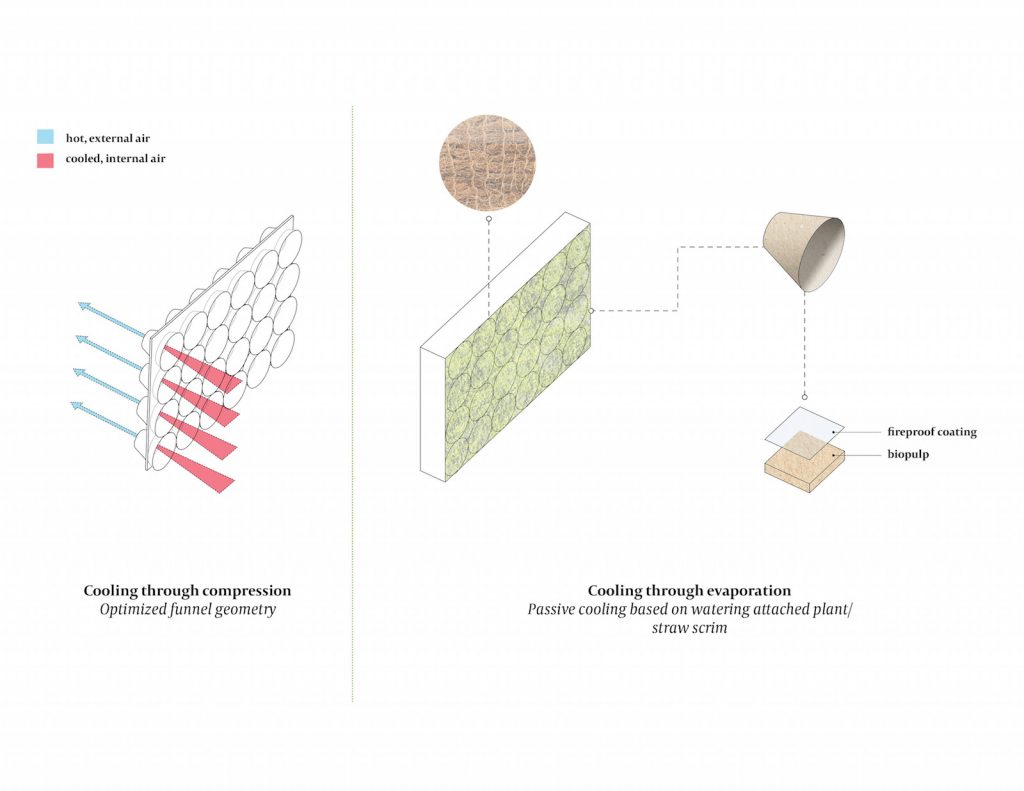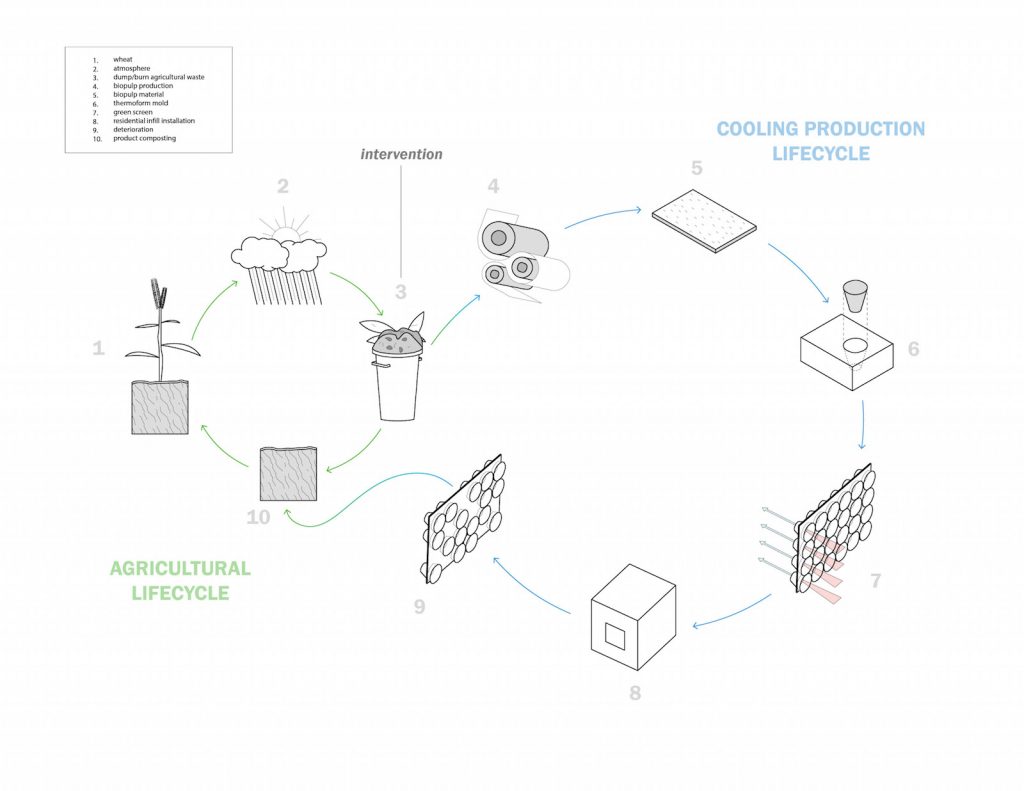Harvard Graduate School of Design student Gina Ciancone (MUP ’19) and a cross-Harvard team have won this year’s Seed for Change Program (SFC) award from Harvard’s Lakshmi Mittal and Family South Asia Institute. As the Mittal Institute writes, SFC aims to develop a vibrant ecosystem for innovation and entrepreneurship in India and Pakistan through this annual competition, which awards grant prizes to interdisciplinary student projects that positively impact societal, economic, and environmental issues in India and Pakistan.
Ciancone and her “Green Screen” collaborators will receive $40,000 to produce a zero-electricity, modular ventilation panel made from an agricultural waste byproduct and designed for the slums of New Delhi, India. The “Green Screen” team includes Ciancone, who founded the group, as well as David Costanza (Rice University), Dan Cusworth (Harvard’s John A. Paulson School of Engineering and Applied Sciences), and Ramya Pinnamaneni (Harvard’s T.H. Chan School of Public Health). The team was advised by the GSD’s Rahul Mehrotra, Professor of Urban Design and Planning.
“Green Screen” offers a remedy to air pollution and extreme heat through a zero-electricity, air-cooling panel made entirely of agricultural waste—material that otherwise would be burned and released into the air as pollution. “Green Screen” was developed through several phases, each engaging design research and thinking: data analysis of heat and pollution in Delhi, as well as a needs assessment of slum communities, which led to a design-charrette of possible solutions that were then synthesized and edited to generate a unified concept.

“As a designer trained in both architecture and urban planning, I am accustomed to working at different scales, which is reflected in the product’s design and projected scalability from a passive cooling screen to a passively cooled building,” Ciancone says.
She adds, “My interdisciplinary background and the diversity of the current team, which is composed of a materials scientist, atmospheric chemist, and physician, allowed for the development of an entirely new, unprecedented product. Ultimately, ‘Green Screen’ is the result of creative problem solving – it utilizes elements from a designer’s toolkit to integrate experimentation, technological possibility, and business success to arrive at an innovative solution. ‘Green Screen’ represents the intersection of my own training in product design and urbanism. This product will prove that design thinking is a necessary component to impact intractable problems.”
While at the GSD, Ciancone has applied her interdisciplinary mindset to a variety of projects and initiatives. She has been researching autonomous vehicles through Harvard’s Fairbank Center for Taiwanese Studies, and has been studying tropical modernism at Harvard’s David Rockefeller Center for Latin American Studies.

“Green Screen” now enters a testing phase. This summer, Ciancone and the team will test the screen’s cooling effectiveness at NASA Johnson Space Center in Houston, Texas, and will solicit input from engineers and sustainability specialists. They also will be collaborating in India with with sponsors in order to gain insight into the housing conditions of communities for whom the product is intended, and to implement a pilot product.
“To really understand the community, we need to be out in the context with people, working with them in their own spaces,” Ciancone says. “I am greatly looking forward to seeing how our passionate team will attract and mobilize more people to gain momentum and achieve lasting change.”